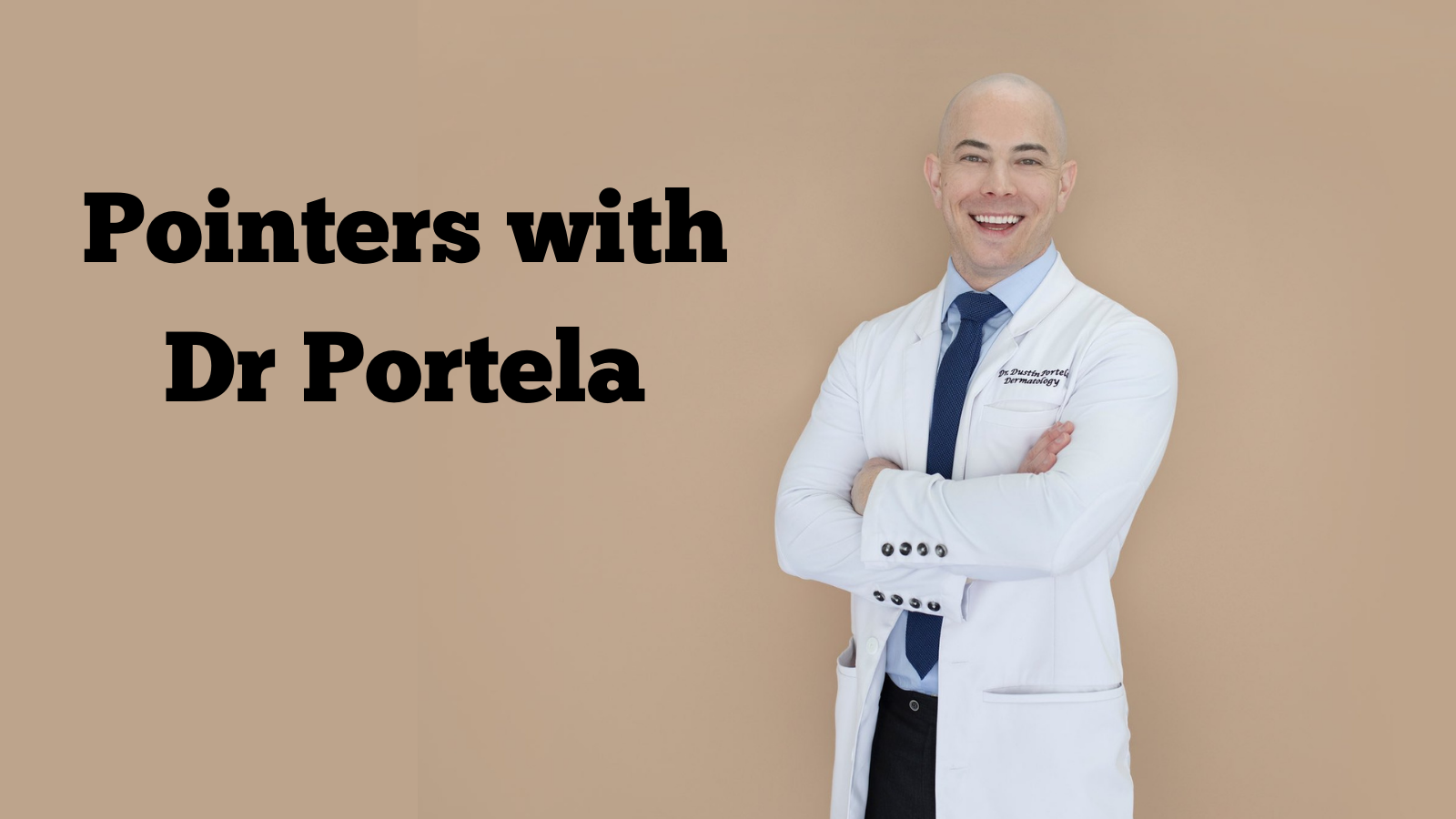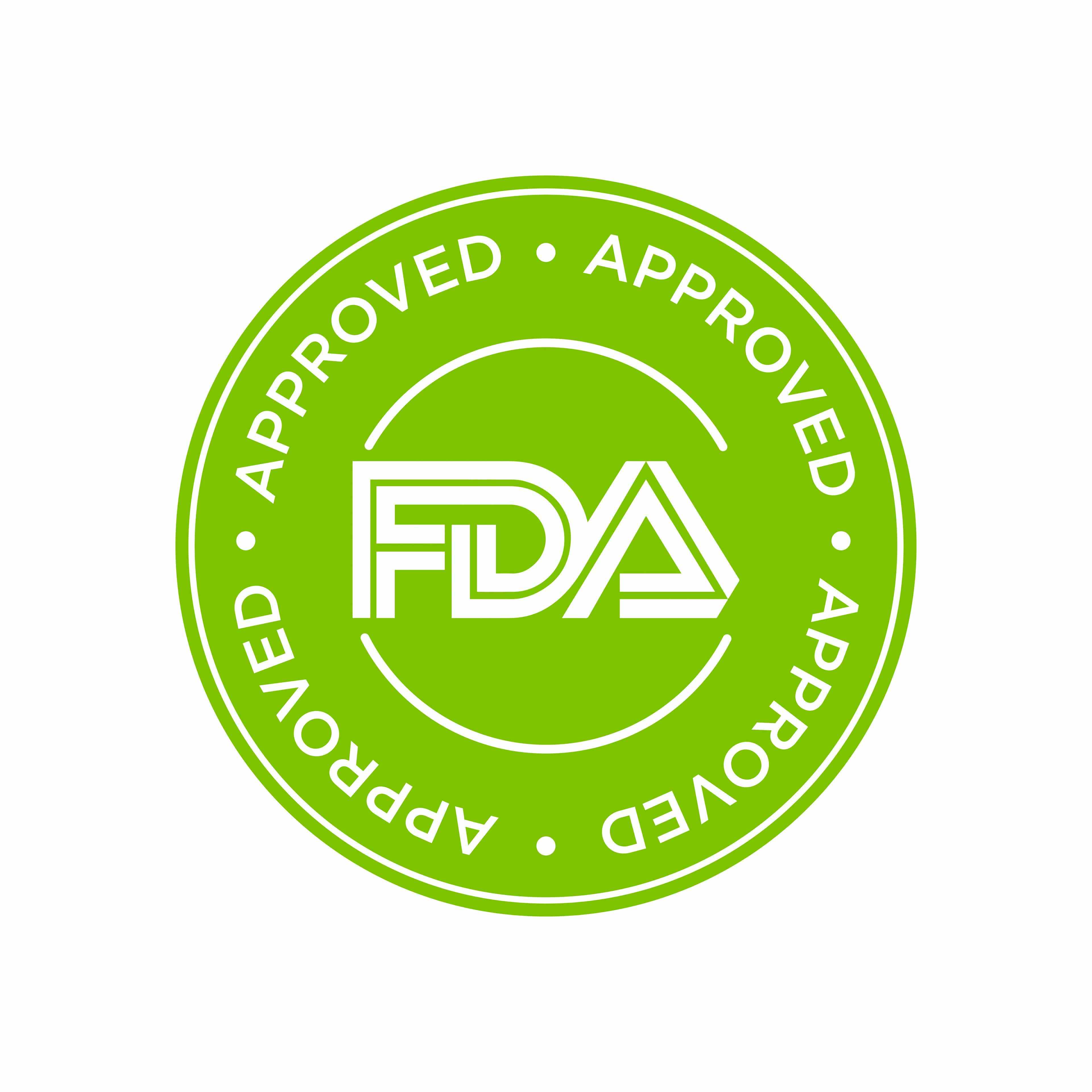- Acne
- Actinic Keratosis
- Aesthetics
- Alopecia
- Atopic Dermatitis
- Buy-and-Bill
- COVID-19
- Case-Based Roundtable
- Chronic Hand Eczema
- Drug Watch
- Eczema
- General Dermatology
- Hidradenitis Suppurativa
- Melasma
- NP and PA
- Pediatric Dermatology
- Pigmentary Disorders
- Practice Management
- Precision Medicine and Biologics
- Prurigo Nodularis
- Psoriasis
- Psoriatic Arthritis
- Rare Disease
- Rosacea
- Skin Cancer
- Vitiligo
- Wound Care
Article
Closing your practice (again) during COVID-19?
No one wants it to happen. Dermatologist Dr. Anna Chacon outlines ways you can reduce the risk of a second closure by acting now.
While many practices were closed during the initial weeks or months of the COVID-19 pandemic, the resurgence of ongoing cases in states like Florida, Texas, and California continues to imperil physician practices—many with staff and patients that cannot afford to be placed at risk. It begs the question, will we need to close the practice doors a second time?
While certain factors are out of our control, there are things that can be done to mitigate that risk. Meeting regularly as a practice to reassess the risks, exposures, and events that may impact the practice, its staff or its patients is key. Many at-risk counties have also stepped in to implement regular checks to ensure businesses are following guidelines such as temperature checks upon entry, screening for symptoms, and mask-wearing by all employees and patients alike. Failure to follow these guidelines has, unfortunately, risked or led to businesses being fined, warned, publicly exposed with negative publicity, or involuntarily shut down for at least several days—up to 14 in some cases—until the guidelines are met and the situation is remedied. Failure to follow guidelines not only threatens the lives of patients and staff, it also threatens the livelihood and ability of practices to sustain themselves economically and financially during the pandemic.
A Stay-Open Strategy
In hoping to stay open during the resurgence, there are some methods that are worthwhile trying. This includes a temporary “slowdown” of operations to solidify methods and maintain organization and compliance. It is a normal part of human nature to assume that things will get back to “normal” fairly soon; however, with COVID-19 the return to normalcy has been relatively prolonged.
The AMA has compiled a list of actions to help keep a practice open during the pandemic spike. Here are a few highlights:
- Determine the minimal cash flow needed to stay afloat
- Track losses and expenses efficiently. This also helps with making claims for insurance policies
- Keep track of loans, financial covenants, and defaults
- Negotiate with lenders
- Obtain a low-interest loan
- Keep up with changes in policy, as regulations that affect practices change rapidly
If you face no other choice but to close down your practice or if you are shut down by an outside regulatory body or authority, physician organizations, practice managers, and healthcare attorney specialists can provide specific steps needed to shut down and reopen the practice.
On a positive note, some practices have been able to keep afloat based on their reimbursements and past billing collections since the reduction in volume began, and have been able to use these reimbursements and payments to keep their doors open and try to plan ahead. Unfortunately, the COVID-19 pandemic, and its evolution, has made it nearly impossible to plan or prepare for what lies in even the near future. With the ongoing duration and resurgence of the pandemic, the best course is to continue to “plan for the worst and hope for the best.”
References:
American Medical Association. Tips for keeping your practice in business during the COVID-19 pandemic. https://www.ama-assn.org/delivering-care/public-health/tips-keeping-your-practice-business-during-covid-19-pandemic
Closing your practice checklist: https://www.aafp.org/dam/AAFP/documents/practice_management/admin_staffing/ClosingPracticeChecklist.pdf
Medscape. “Close your practice temporarily… or longer? Your decision during COVID-19.” https://www.medscape.com/viewarticle/927780#vp_3












